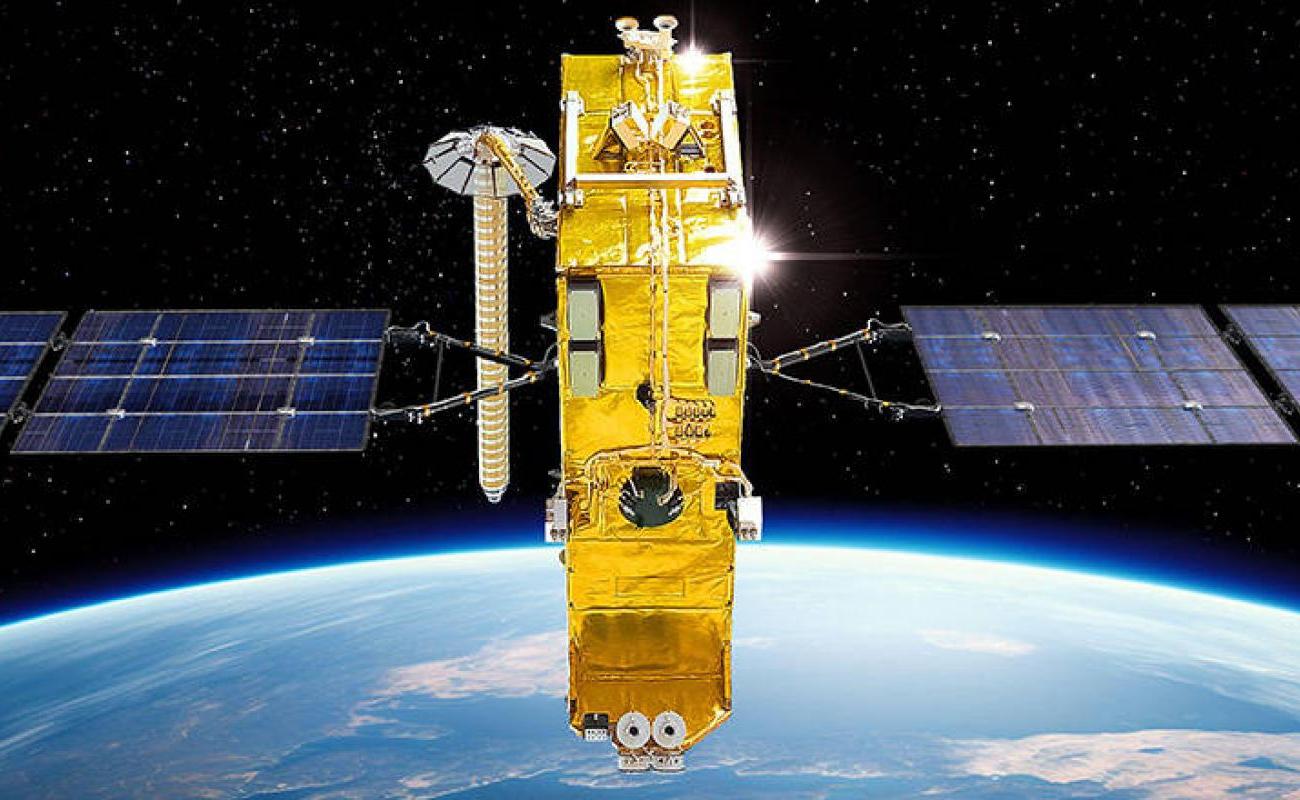Hi-Tech, High Risk? Russo-Chinese Cooperation on Emerging Technologies

Ever since Russia invaded Ukraine in February 2022, China has kept the world in suspense regarding its military aid to Moscow. While China remains hesitant about the breadth and intensity of its military support for Russia, its cooperation with Moscow on civilian cellular and satellite technologies could have significant intelligence and military outcomes.
Despite backing Moscow politically and diplomatically, Beijing has declared that it will not send weapons to Russia or Ukraine. Nonetheless, this has not dissuaded Chinese companies from reportedly supplying Russia with assault rifles, body armour and drones via clandestine shipments, nor has it impeded China’s collaboration with Russia on 5G and satellite technologies with abundant (and, often, already utilised) battlefield applications, particularly in Ukraine.
Extensive deployment of drones and advanced telecommunications equipment have been crucial on all fronts in Ukraine, from intelligence collection to airstrike campaigns. These technologies, though critical, require steady connectivity and geospatial support, making cooperation with China a potential solution to Moscow’s desire for a military breakthrough.
Reaching Out: Improving Connectivity with 5G
5G has the potential to reshape the battlefield through enhanced tracking of military objects; faster transferring and real-time processing of large sensor datasets (like soldiers’ biometrics or large-resolution drone images); and enhanced communications, including between autonomous vehicles. Given the urgency of Russia’s objectives in Ukraine, it may want to tap into such potential – something which could be aided by China.
Recently, 5G network development has accrued particular significance in the Russo-Chinese strategic calculus, resulting in a series of agreements between Huawei and major Russian ICT players including MTS and Beeline. In 2021, Huawei and MTS successfully launched commercial 5G networks across 14 locations in Moscow and implemented a pilot 5G network reaching data transfer speeds of 5.6 Gbps – a record for Russia at the time. This new technology allowed for very sophisticated and remote operations: for example, Russia’s GMS Hospital, with support from Beeline and Huawei, performed surgeries using 5G-connected medical equipment that enabled the real-time transfer of high-resolution images to doctors remotely assisting their colleagues in the operating theatre.
Beeline and Huawei have also cooperated on 5G-driven machine-to-machine interactions, and in 2020 they launched a pilot 5G zone to operate unmanned and remotely controlled dump trucks at a Russian coal mine. As previously mentioned, increased network throughput, high-speed data transfer and integration of networks into civilian and military autonomous vehicles are precisely the features that could render Russo-Chinese 5G cooperation extremely useful in a wartime context – and therefore create a heightened risk for Ukraine.
However, there are operational and institutional constraints on Russia’s battlefield integration of 5G technology. At the onset of the invasion, Russian troops extensively utilised unencrypted, high-frequency radio for long-range communications, allowing Ukrainians to successfully intercept signals and conversations. The deep-seated tendency within the Russian military to favour risk-prone communication methods may render the integration of 5G into Russian command-and-control quite problematic.
Strategic collaboration between Russia and China in a contested, future-oriented domain like satellite technology could have serious implications for Ukraine
Beyond that, Russia’s Ministry of Defence, Federal Security Service and Federal Space Agency have already prevented mobile operators, including those cooperating with Huawei on 5G networks, from using the frequencies most conducive to 5G deployment – the 3.4–3.8 GHz range – by reserving their use for the Russian security apparatus.
